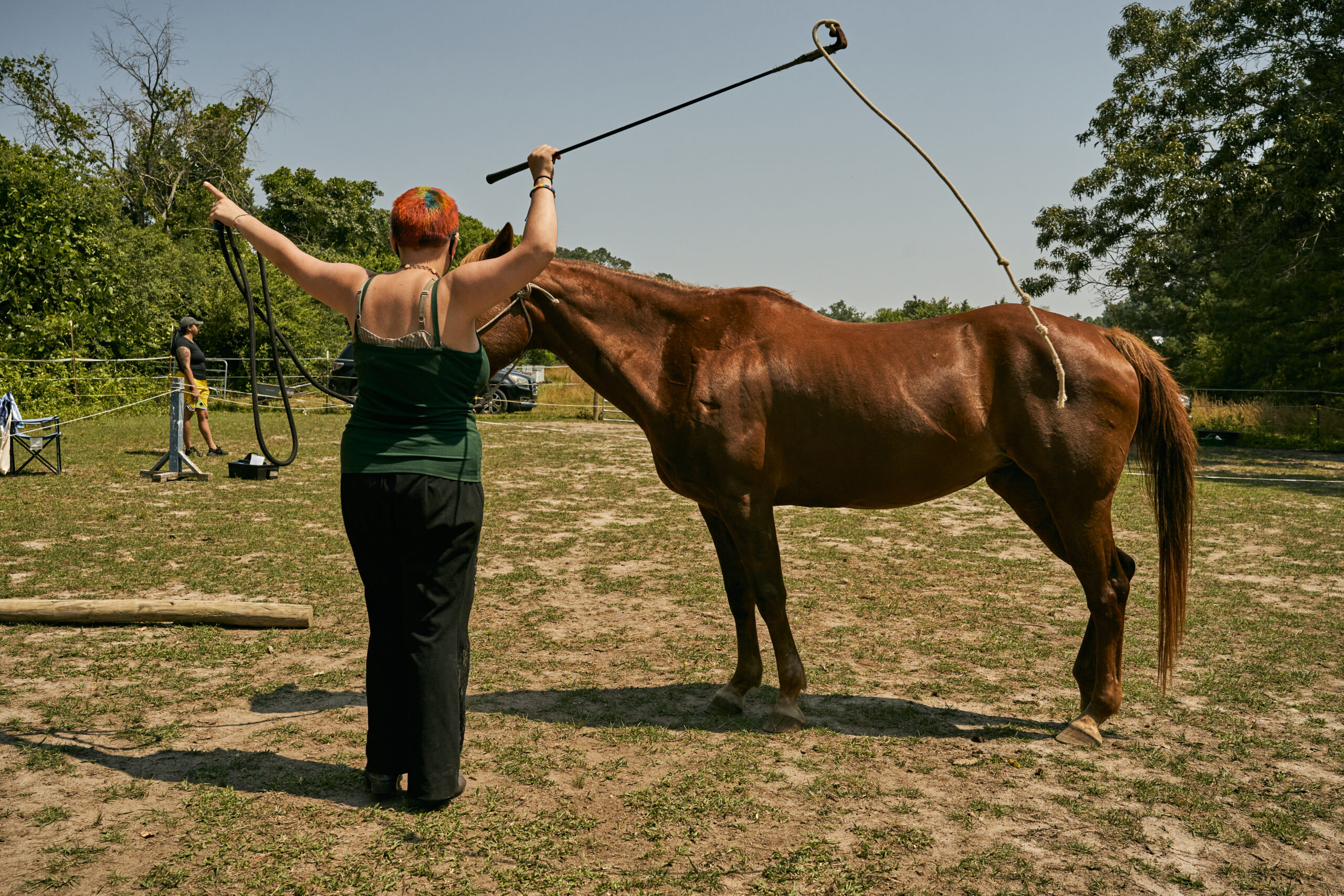By Julia Soplop
Although North Carolina’s students have resumed in-person learning this academic year amid the ongoing pandemic, they have been met with continuous staffing shortages that are further disrupting the stability of their education.
North Carolina is no stranger to teacher shortages; low pay has long hampered teacher and staff recruitment and retainment. In the 2019-2020 school year, the state ranked 40th in the country for average teacher salary.
However the pandemic has exacerbated these hiring challenges, leading to substantial shortages not only in teachers but substitutes, bus drivers, and support staff.
Why Teachers Are Quitting
“The most common reason educators have cited for leaving school employment in the last year is stress, followed by insufficient pay,” wrote Education Secretary Miguel Cardona in a recent letter to educators.
This stress comes in many forms. Some teachers have left their jobs due to health and safety concerns. For others, it became impossible to manage the logistics of teaching and simultaneously handling their own childcare needs when their kids are in and out of quarantine or isolation.
Given a recent analysis estimating that nearly three-quarters of the 2.2 million Americans who have left the full-time work force since the beginning of the pandemic have done so because they are suffering from long Covid, it stands to reason that some teachers have left their posts due to this debilitating chronic condition.
Others are burning out. Numerous teachers have told me the academic and behavioral disparities in their classrooms this year are more profound than at any other time in their careers. Research supports these anecdotes, indicating that learning loss during the pandemic has further widened gaps in academic performance between white children and children of color.
A Lack of Substitutes
The hits keep coming, though, because there is a shortage of substitutes, too. The need for so many substitutes to fill long-term vacancies has contributed to a dearth of those available to manage the considerable short-term needs during the delta and omicron waves that have temporarily taken many teachers out of classrooms.
Recruiting substitutes during a pandemic is tough. In a recent national survey, more than 75 percent of principals and district leaders said they were having a difficult time finding enough substitutes this academic year to meet their schools’ needs.
My children’s school in a rural North Carolina county regularly sends out pleas for more substitutes. The school is able to pay them just $85 per day and only requires they have a high school degree and pass a background check. Wake County recently raised their substitute rates, but they are still meager compared to the demands of the job: unlicensed substitutes are now paid $115 per day and licensed teachers are paid $130.
A lack of substitutes means schools are regularly asking teachers to take over others’ classes during their prep periods, leaving them even less time to plan lessons for their own students.
The instability of regularly having substitutes in the classroom who are not well prepared or well supported can negatively impact children’s learning and behavior, as well.
Support Staff Shortages
Wake County has also experienced bus driver shortages this year due to illness as well as “sick outs” protesting poor working conditions and low wages. Remaining bus drivers have been running multiple routes each day, resulting in some children showing up late to school and missing out on valuable learning time.
Cafeteria workers in the county’s schools went on strike in the fall to demand better working conditions and higher wages, prompting fears that some children who depend on school lunch would not receive it the day of the strike. Hunger adversely affects students’ learning and behavior, so parents and local businesses scrambled to help provide lunch the day of the strike for every child who needed one.
Why CORRAL Exists
For a teen healing from childhood trauma, stability, consistency and support are critical for her journey. Without a space like CORRAL, our youth would be the first group of students to suffer from these crises happening at their schools.
“At my school, most of the freshmen are doing badly right now with our grades because we’re so used to not taking it seriously after virtual schooling. It was different for me because I had CORRAL to keep me focused on doing my work last year. The kids who don’t have the same opportunity as me are stuck because they didn’t really learn anything for the past two years.” ~ A CORRAL student.
This student had a baseline GPA of 0.72 when she joined CORRAL. She finished her first semester as a freshman with a 3.33.
It will take years to fully untangle and resolve the educational consequences of the pandemic. But, together we can show up for the youth at CORRAL as their support system, as their rocks during these uncertain times. Every investment you make in our program helps counteract the challenges our youth are experiencing in the classroom this year. Support our youth here.





